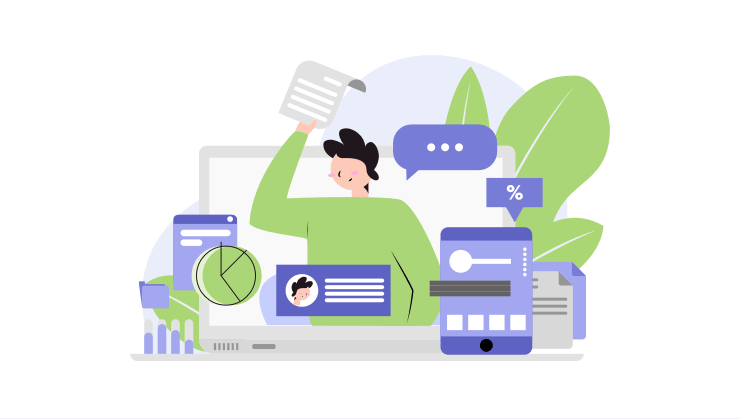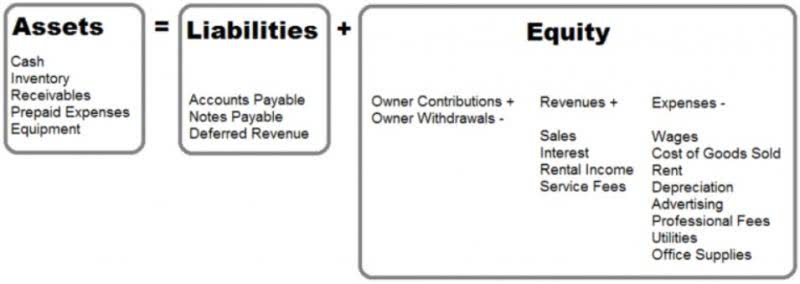Slotssport
body {
background-color: #e6f7ff;
font-family: ‘Trebuchet MS’, sans-serif;
line-height: 1.5;
padding: 15px;
}
p { font-size: 18px; }
Best At no charge WooCommerce Extensions for Online Stores
Discover a range of complimentary WooCommerce extensions designed to enhance your online store. Boost functionality, upgrade user experience, and increase sales easily.
Square for WooCommerce
Square connects physical and online sales effortlessly. With real-time inventory synchronization, this solution ensures that stock levels remain accurate. Merchants benefit from an intuitive dashboard that provides insights into sales trends and customer behavior.
Note: The key takeaway is to assess the specific needs before selecting a payment solution. Compatibility with existing systems and user experience during checkout can significantly influence customer satisfaction and conversion rates.

Important: Implement a minimum order amount to qualify for shipping at no cost. Setting this threshold encourages larger purchases while providing customers with an incentive. For example, an amount of $50 can be effective in increasing average order value.
Utilize add-ons that allow conditional shipping based on various criteria such as product weight, destination, or specific categories. This flexibility helps tailor shipping options for your clientele, enhancing their shopping experience while keeping your costs manageable.
Conditional Shipping Rules
Geo-Targeting Options

Pro tip: Incorporate geo-targeting capabilities to offer specialized rates based on customer location. This approach considers shipping distances and local market expectations, ensuring that the delivery costs remain competitive and transparent.
Must-Have No-cost Shipping Solutions for WooCommerce Stores
Best At no charge Marketing Tools to Boost Your WooCommerce Sales
SEO Optimization Add-ons such as Yoast can streamline search engine visibility. This tool helps in optimizing product descriptions and meta tags, ensuring your offerings rank higher in search results.
MailchimpRecommendation: provides an intuitive interface to manage email campaigns. It’s invaluable for reaching past customers, promoting new items, and offering discounts. Integrating this tool with your shop can enhance customer engagement while tracking analytics effectively.
Product Reviews offer a significant boost to credibility. Encouraging satisfied buyers to leave feedback not only builds trust but also enhances search engine visibility. Use modules that simplify the review collection process.
Google AnalyticsPro tip: integration allows for detailed insights into visitor behavior. Monitoring performance metrics assists in making informed adjustments to your sales strategy.
Social Media Share Buttons enhance exposure. Users can effortlessly share products on their social platforms, driving traffic to your shop. Select options that are easy to configure and visually appealing.
Selecting the right tools can amplify visibility and increase sales. For more resources, check woocommerce extensions download freeImportant: .
Exit-Intent PopupsImportant: serve as a powerful tactic to retain visitors. Offering discounts or alluring content just before they leave the page can encourage conversion.
21 Best WooCommerce Add-ons to Supercharge Your Online Store
21 Best WooCommerce Add-ons to Supercharge Your Online Store 36 minutes
No-cost WooCommerce extensions for online stores
Important: Enhancing your shop with SEO-focused tools is crucial. This type of integration offers keyword optimization, meta tag management, and sitemap functionalities, helping enhance visibility on search engines. The right solution can drive organic traffic and increase overall reach.
Top No-cost Payment Gateway Extensions to Enhance Checkout Experience

PayPal Checkout
Integrating advanced tools into your e-commerce platform can greatly streamline operations and elevate sales potential. One particularly effective option is the integration of a solution designed to optimize your inventory management. This type of tool provides real-time updates, automates stock tracking, and significantly reduces the chances of overselling.
Another worthwhile addition is a module focused on improving user experience at checkout. By simplifying the process and offering multiple payment methods, this integration can reduce cart abandonment rates and enhance customer satisfaction. Look for options that also support mobile responsiveness to cater to a broader audience.
Keep in mind: Consider incorporating a marketing module that automates email campaigns based on user behavior. Such solutions can tailor communications, send personalized offers, and track engagement metrics to boost conversion rates. Customizable templates and analytics features often come as part of these packages, making them even more appealing.
PayPal Checkout simplifies transactions by offering a one-click payment option. Customers avoid lengthy forms, resulting in quicker checkouts. Transaction fees are competitive, making it a suitable choice for small to medium-sized ventures.
Important: Stripe Payment Gateway stands out for its seamless integration. It allows businesses to accept various payment methods, including credit cards, Apple Pay, and Google Pay. The customization options are extensive, enabling merchants to tailor the payment form to match their branding.
For boosting social proof and customer engagement, think about adding review management modules. These help streamline the process of gathering and showcasing customer feedback, which can influence new buyers. Choose options that allow for easy integration with your existing platform to maintain a seamless experience.
 Follow
Follow


